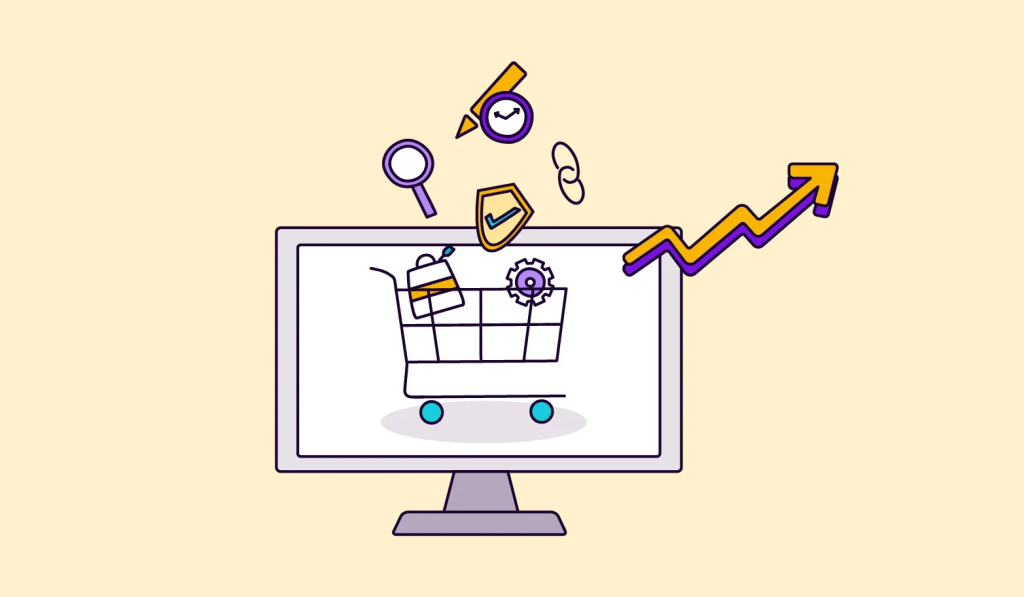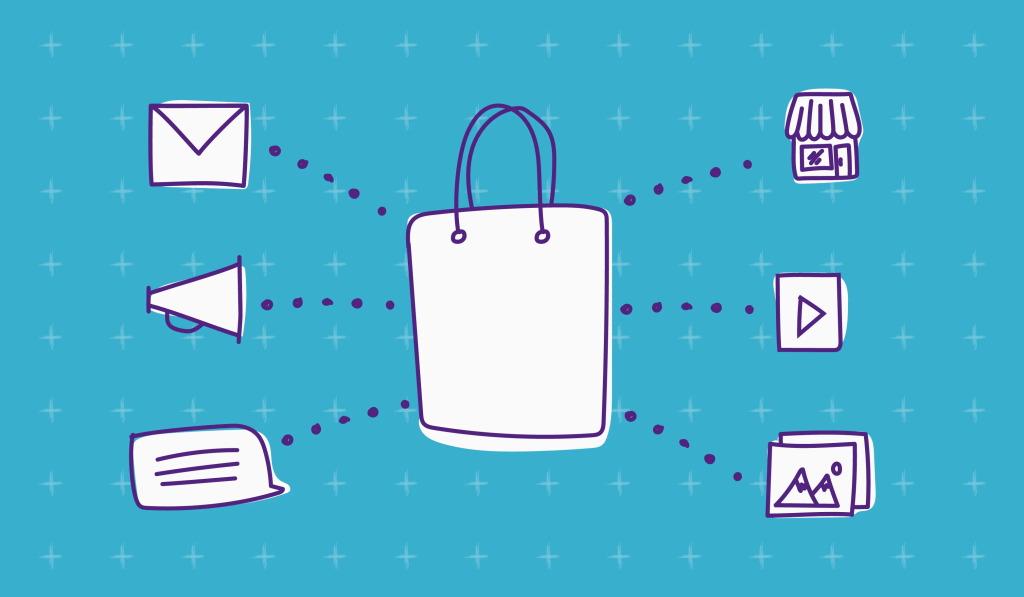With the rise of AI and automation, there are now tools that can help you streamline operations and reduce costs. In this article, we’ll explore how AI and automation can be used to cut e-commerce costs effectively.

1. Automate Customer Service
1.1 Use AI Chatbots
- AI chatbots can handle a wide range of customer inquiries 24/7. They can answer questions about products, track orders, and even process returns. This reduces the need for a large customer service team, saving you money on labor costs.
1.2 Implement Self-Service Options
- Many customers prefer to find answers on their own. Provide a comprehensive FAQ section and easy-to-navigate help center. This reduces the number of customer service requests and allows customers to resolve issues quickly.
2. Optimize Inventory Management
2.1 Use AI for Demand Forecasting
- AI can analyze historical sales data to predict future demand. This helps you manage inventory more effectively, reducing the risk of overstocking or understocking. Accurate demand forecasting can save you money on storage and reduce waste.
2.2 Automate Reordering
- Automated reordering systems can monitor stock levels and place orders with suppliers when inventory is low. This ensures you never run out of popular items and helps you avoid rush shipping costs.
3. Streamline Order Processing
3.1 Automate Order Fulfillment
- Automated order fulfillment systems can pick, pack, and ship orders with minimal human intervention. This speeds up the process and reduces labor costs. It also minimizes errors, leading to fewer returns and happier customers.
3.2 Use AI for Route Optimization
- AI can optimize delivery routes to reduce shipping times and costs. By analyzing traffic patterns and delivery locations, AI can find the most efficient routes for your delivery drivers. This saves on fuel costs and improves delivery efficiency.

4. Enhance Marketing Efforts
4.1 Personalize Marketing Campaigns
- AI can analyze customer data to create personalized marketing campaigns. This includes personalized emails, product recommendations, and targeted ads. Personalized marketing is more effective and can lead to higher conversion rates.
4.2 Automate Email Marketing
- Automated email marketing tools can send out emails based on customer behavior. For example, they can send abandoned cart reminders, welcome emails, and post-purchase follow-ups. This ensures consistent communication with customers without extra effort.
5. Improve Pricing Strategies
5.1 Use AI for Dynamic Pricing
- Dynamic pricing algorithms can adjust prices in real-time based on demand, competition, and other factors. This helps you stay competitive and maximize profits. AI can also identify the best times to offer discounts or promotions.
5.2 Monitor Competitor Pricing
- AI tools can monitor competitor prices and alert you to changes. This allows you to adjust your pricing strategy quickly to stay competitive. Keeping an eye on the competition helps you avoid losing sales to lower-priced rivals.
6. Reduce Return Rates
6.1 Provide Accurate Product Descriptions
- AI can help create detailed and accurate product descriptions. This includes high-quality images, size charts, and customer reviews. Accurate descriptions reduce the likelihood of returns due to mismatched expectations.
6.2 Offer Virtual Try-Ons
- For fashion and accessories, AI-powered virtual try-on features allow customers to see how products will look on them before buying. This can significantly reduce return rates and increase customer satisfaction.
7. Optimize Website Performance
7.1 Use AI for Website Testing
- AI can perform A/B testing on your website to identify the best design and layout. This improves user experience and can lead to higher conversion rates. A well-optimized website reduces bounce rates and increases sales.
7.2 Implement AI-Powered Search
- AI-powered search engines can understand customer queries better and provide more accurate results. This improves the shopping experience and helps customers find what they’re looking for faster. A better search function can lead to higher sales and fewer abandoned carts.

AI and automation offer powerful tools to cut e-commerce costs without sacrificing quality. By automating customer service, optimizing inventory management, streamlining order processing, enhancing marketing efforts, improving pricing strategies, reducing return rates, and optimizing website performance, you can create a more efficient and profitable business. Start implementing these tools gradually, and you’ll see a positive impact on your bottom line.





